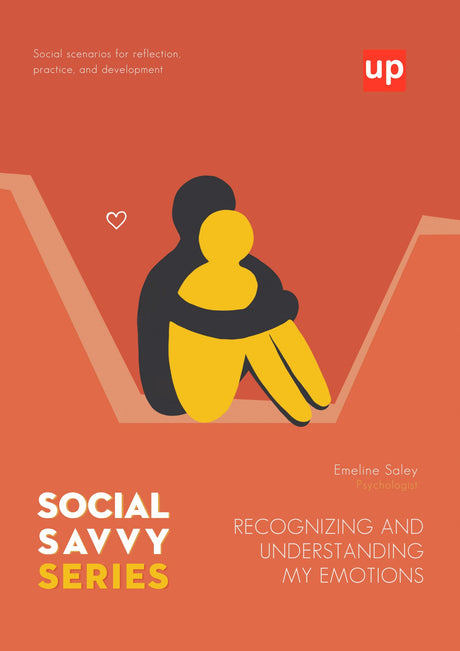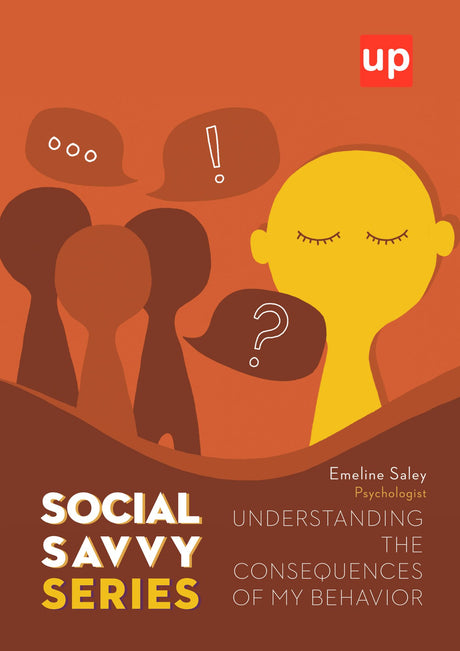Setting clear boundaries with your children will help boost their self-esteem and will teach them the difference between appropriate behavior and inappropriate behavior.
Ιmplementing boundaries can be tricky. When rules and expectations are enforced without love, grace, and respect, the family atmosphere turns legalistic, without much room for grace and forgiveness. Boundaries laced with love, respect and grace provide several important benefits to kids:
Setting healthy boundaries with your children
Benefits of setting boundaries
Maturity and Discipline
The real world is filled with rules and limitations. Kids who understand healthy boundaries learn what it means to grow up and be more like an adult. They learn to confidently say “yes” and “no” without fear of what people think. They develop an ability to wait for rewards and contribute to a team effort.
Respect
Kids raised with boundaries learn to listen and respond to authority. Interestingly, discipline from parents is often seen as an opportunity to learn something, even though it doesn’t seem good at the moment.
Security
When kids understand expectations, they develop a stronger sense of safety and security. They understand what happens when they follow rules, even if they sometimes challenge those boundaries. Testing boundaries help kids see what the true limits are, and when parents consistently enforce these boundaries, children’s desire to test limits diminishes.
Enjoyment
Kids who recognize a predictable structure of family life can focus on fun and enjoyment rather than trying to figure out what rules are going to get them in trouble. These kids also don’t get hyper-focused on fairness and structure with friends or at school, because their home life helps them see that life, overall, has a healthy structure.
The Impact of Boundary Violations
When a child’s boundaries are disrespected, they are likely to grow up with unhealthy boundaries themselves. Their boundaries will either be too loose or too rigid, so try to avoid:
- Tickling a child after he or she has told you to stop. (Teach your child that he or she has a right to say no.)
- Pushing any kind of unwanted physical affection on a child. (Teaching your child to say no to unwanted affection begins with you.)
- Denying a child’s feelings. (“You aren’t scared, tired, thirsty…”)
- Telling a child that he or she shouldn’t feel a particular way. (Your child can feel the way he or she feels but may not be allowed to act out on that feeling.)
- Discounting a child’s opinions. (You can acknowledge their opinion even if you don’t agree with it.)
Healthy Boundaries and practical tips
People with healthy boundaries understand that their children are separate from themselves. They provide their children with love, guidance, structure, and discipline and at the same time respect their child’s feelings, opinions, personal space, and right to say no in certain situations. They may not always agree with or give in to their child, but they acknowledge what their child has to say.
Using different activities to teach your children what their boundaries are, will help motivate them to follow the rules.
- Teach your children what the boundaries are, including inappropriate and acceptable physical touch. For example, explain that while it's okay to give your immediate family members big hugs and kisses, it can be inappropriate to do the same with non-family members. Instead, a hand shake or quick hug is more appropriate in this situation. Encourage your children to take turns telling you what they believe good boundaries would be. Write down your expectations on a large piece of paper and hang it somewhere in your home, so your children are regularly reminded of what is expected of them. Review the boundaries as needed if you notice them being breached more frequently.
- Demonstrate to your children how to work their problems out on their own. Solving your children's problems every time they experience something unpleasant will send the message that there are no boundaries for taking personal responsibility. Role play with your children to teach them how to discuss their problems and come to a conclusion together rather than always coming to you. For example, next time your kids have an argument regarding boundaries at home, don't step in and settle it for them. Instead, work with them to discuss the problem and come up with a solution. Use this time to talk about boundaries within the family. Siblings need to respect each other`s privacy and belongings, so it's important that you teach your children to knock before entering each other`s rooms and to not take something that belongs to another family member without asking first.
- Give your child undivided attention. Spend regularly scheduled time alone with each of your children, recommends Anne Katherine, author of "Boundaries: Where You End and I Begin," because it lets your children know that you are a safe place to go when they are experiencing difficulty in their lives. Knowing there is a safe adult to talk to sets important boundaries related to healthy peer and adult relationships between your children and others. Take a walk, go to a museum or just sit and talk to define these boundaries.
- Create a time to have family meetings. Give children a chance to express their successes, failures, questions, and concerns. Children who feel as if they have a voice are more likely to follow your rules and adhere to your boundaries. Show your children that their opinions are important by carefully considering their perspective and explaining why you make your final decisions regarding their boundaries.
- Define your boundaries.To develop boundaries for yourself, you have to know what you value, think and where you stand. This is not always easy to define, but it’s so important that your child knows who you are and what you believe. This doesn’t mean you should be rigid; it means you communicate your personal values and stick to them. If your value is to be honest, for example, then talk it and walk it. Kids are guided in life by watching what you do, which often makes more of an impression than what you say.
- Let your child feel the impact of a crossed boundary.Help your kids experience the impact of crossing boundaries so that it becomes part of their reality. Admit when you have crossed someone else’s boundary and apologize for it. And when your kids cross one, let them know and hold them accountable. Let’s say you promise your child that you’ll drive him to the movies after he does his chores—but he plays video games instead. If you follow through by not driving him, your child will experience the consequences and will come to understand on a deep level what you expect for yourself. He will know that you respect yourself and mean what you say. Eventually, he will learn good boundaries for himself and how to respect others, as well.
- Don’t be afraid of “no” but don’t overuse it. Sometimes the best way to define or set a limit is with a good old fashion “no.” However, when “no” is overused on every nitpicky little irritation, it loses its value and creates a negative atmosphere.
- Lead with a positive, empathetic response.“You may go play as soon as your room is clean.” In this example, play is limited on conditions of the children completing their chore. The natural consequence is that they may choose when they will do the chore, and thus postpone or move them toward their playtime.
- Don’t limit emotions, limit behavior.Stop the behavior through direction, separation, and redirection. It’s okay for your child to be upset about it, but it’s important to separate the emotions from the negative behavior we wish to limit. For instance, it is okay to be angry, but hitting is not okay. “No throwing toys, because that hurts people and the toys.” It may require that we take the toy or separate our child from the situation, but no punishment or further action is required.
- Teach and plan during the good times.Use weekly family nights, play time or other fun and positive times to be together to teach and plan appropriate social boundaries and show your children what consequences might come in different situations. Use role plays and games to help them learn limits, and cause and effect relationships. It doesn’t have to be a struggle to set clear limits. It really can be fun.
When you know where you stand, you’ll know what you will and won’t put up with from your child. Define your boundaries and try to stick to your principles rather than reacting to your moment-to-moment emotions. Do not use physical force, withdrawal of love or verbal taunts to try to persuade your children to adhere to your boundaries because these methods are unlikely to motivate your children to follow the rules.
Be willing to change your boundaries as your children grow older and as their needs change and evolve. Successful boundaries are those that focus on the individual needs of your children, so feel free to set different boundaries for each of your children.
Natassa Taouxi
Upbility Team
Suggested articles for parents:
- 10 Ways to Teach Your Child the Skills to Prevent Sexual Abuse
- Building Social Skills in Young Children!
- Inner Child Trauma
More Articles on Upbility.net
Mental Health Therapists MaterialSpecial Needs Teachers
Autism/Asperger’s Syndrome
Free Poster Download "Stop Telling Children To Be Careful"
Suggested e Books on child Psychology
Social Skills e book:
- Developing Social Skills through Short Stories
- SEMANTIC TOOLKIT | Mastering Essential Vocabulary
- Semantic correlations
- Building Social Skills | 4 eBooks PACK
- LIFE SKILLS for children with Autism Spectrum Disorder (ASD)
- POCKET CARDS | Coping Strategies
https://www.focusonthefamily.com
https://www.livestrong.com
http://thesnowballeffect.com
http://www.care-clinics.com
https://www.empoweringparents.com










1 comment
This is super helpful, clear and practical advice for parenting. Thank you so much for sharing!